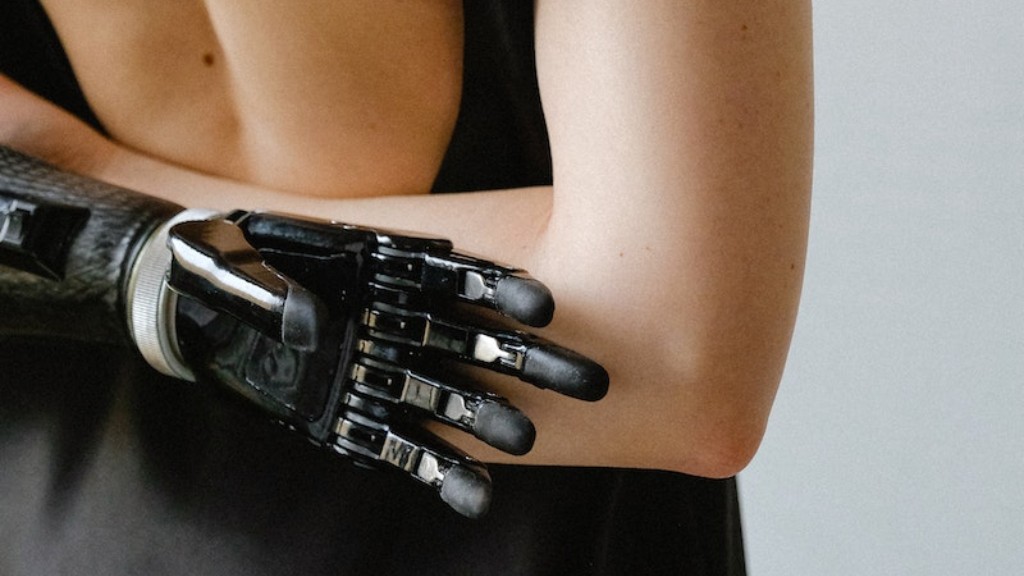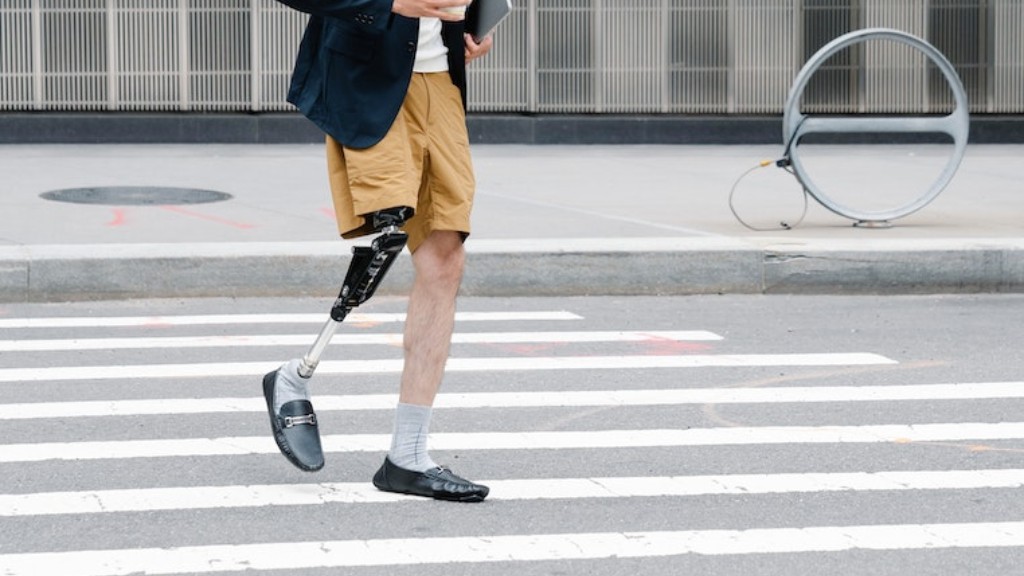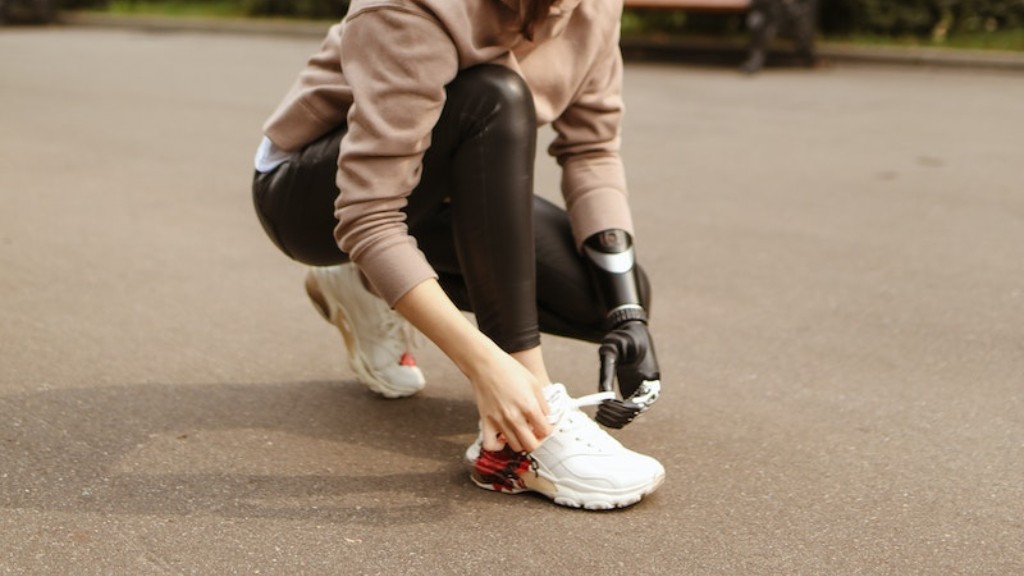How Common are Prosthetics?
Prosthetics, artificial body parts that replace missing or damaged limbs, have been evolving for centuries to improve the quality of life for individuals with limb loss or functional limitations. With advancements in technology and medical research, prosthetic devices have become more sophisticated and accessible to a larger population. In this article, we will explore the prevalence of prosthetics, considering both the positive and negative implications of their common usage.
The Positive Impact of Prosthetics
Prosthetics have played a vital role in improving the quality of life for individuals with limb loss or functional limitations. They allow people to regain mobility, independence, and a sense of normalcy. Many amputees are able to resume their daily activities, pursue careers and hobbies, and engage in sports or physical activities with the help of prosthetic devices.
For example, Paralympic athletes like Oscar Pistorius and Amy Purdy have achieved remarkable success using prosthetic legs. Pistorius, a South African sprinter, competed in the 2012 Olympic Games, becoming the first double-leg amputee to participate in the event. Purdy, a snowboarder, won a bronze medal in the 2014 Paralympic Games and went on to compete in the reality show “Dancing with the Stars.” These athletes demonstrate the potential of prosthetic devices to enable individuals to reach their full potential.
Furthermore, prosthetics can significantly improve the psychological well-being and self-esteem of amputees. Studies have shown that wearing a prosthetic limb can enhance body image and reduce feelings of self-consciousness. It allows individuals to feel more integrated into society and promotes social inclusion.
The Challenges of Prosthetics
Despite the positive impact of prosthetics, there are challenges and limitations associated with their common usage. Firstly, cost and accessibility remain significant barriers for many individuals. Prosthetic devices can be expensive, especially advanced models with cutting-edge technology. This creates a socio-economic divide, as not everyone can afford these devices or access proper healthcare services needed for fitting and maintenance. The lack of insurance coverage or government support further exacerbates this issue.
Moreover, prosthetic devices require regular maintenance, adjustments, and replacements over time. The need for ongoing care adds to the financial burden and can be a logistical challenge, especially in resource-limited settings. Additionally, the process of finding the right prosthetist, who can properly assess and fit the device, can be time-consuming and frustrating for some individuals.
Current Prevalence of Prosthetics
Accurate data on the prevalence of prosthetics is difficult to obtain, as it varies across different countries, regions, and population groups. Global estimates suggest that there are approximately 40 to 70 million people in need of prosthetic devices worldwide, with a majority residing in low and middle-income countries where access to healthcare resources is limited.
According to the World Health Organization (WHO), an estimated 200,000 people undergo limb amputation each year. The most common causes of limb loss are vascular diseases, trauma (such as accidents or conflict-related injuries), and cancer. However, these numbers do not account for individuals who may benefit from prosthetic devices but do not have access to them.
In high-income countries, the prevalence of prosthetic devices is relatively higher due to better healthcare infrastructure and resources. In the United States alone, there are approximately 1.9 million people living with limb loss, and the number is expected to increase due to factors like an aging population and the rising incidence of chronic diseases like diabetes.
Implications for the Future
As technology continues to advance, the future of prosthetics holds great promise. Innovations such as neuroprosthetics, powered exoskeletons, and 3D printing are revolutionizing the field. These developments have the potential to further enhance the functionality, comfort, and aesthetics of prosthetic devices.
However, it is crucial to address the barriers and challenges associated with prosthetics to ensure their common usage is equitable. Stronger government support, insurance coverage, and affordable solutions need to be implemented to improve accessibility worldwide. Collaboration between researchers, engineers, and healthcare professionals is essential to continue refining prosthetic devices and making them more widely available.
In conclusion, while prosthetic devices have the potential to significantly improve the lives of individuals with limb loss or functional limitations, their common usage faces challenges related to cost, accessibility, and ongoing care. It is imperative to address these issues to ensure that everyone who could benefit from a prosthetic device has the opportunity to access and maintain one. By doing so, we can create a more inclusive society where individuals with limb loss can fully participate and thrive.


